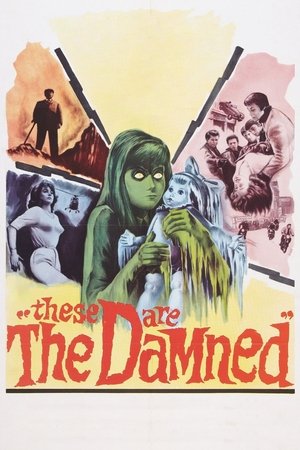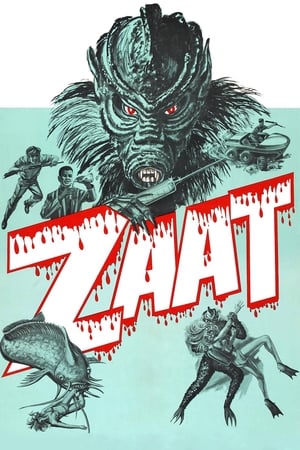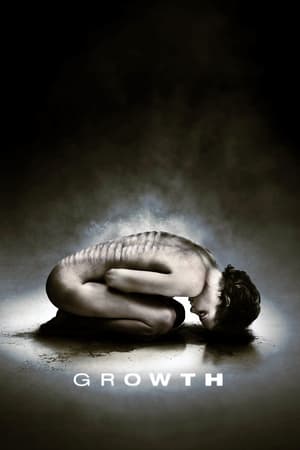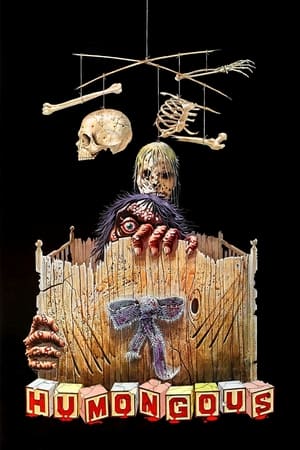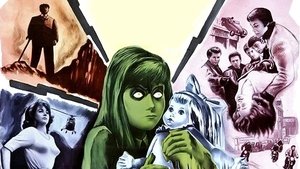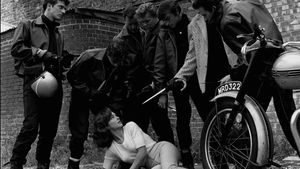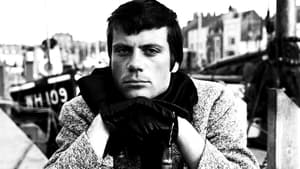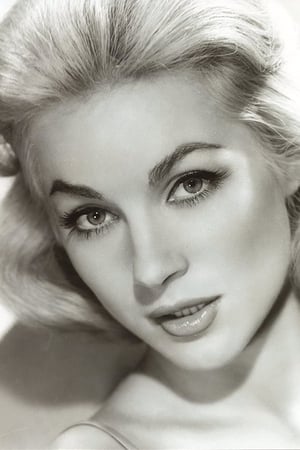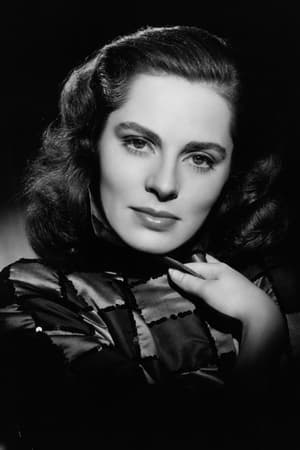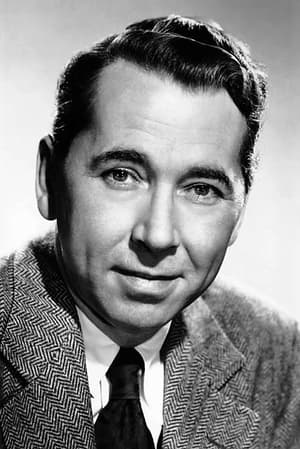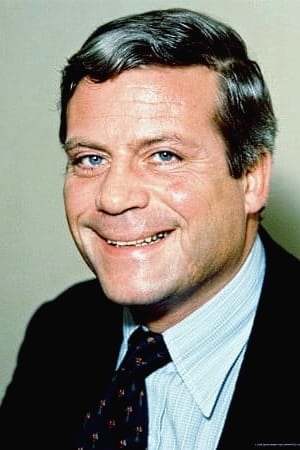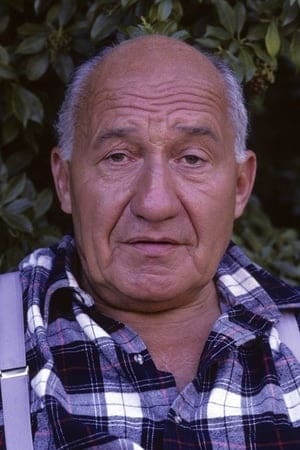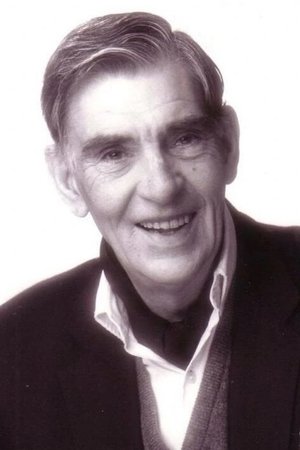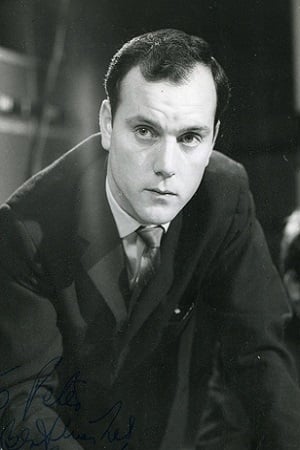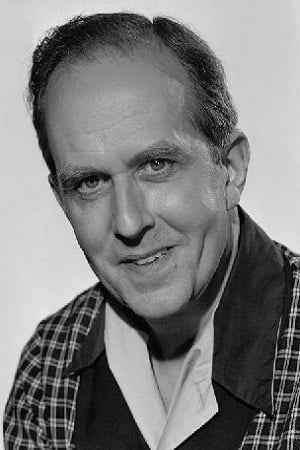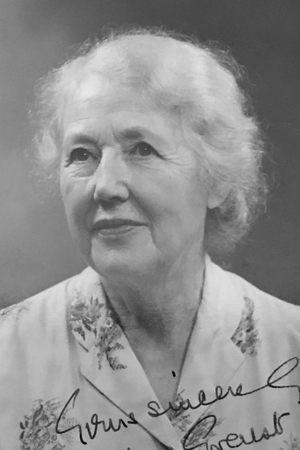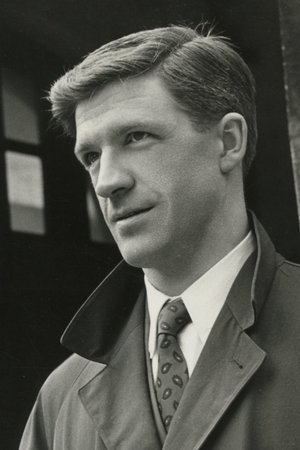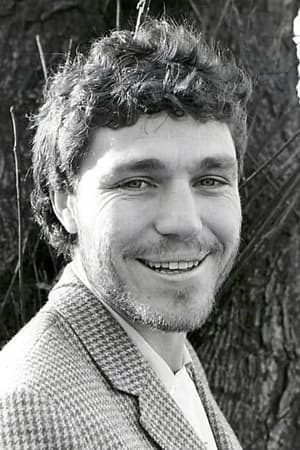-
John Chard
I live with one fact. A power has been released that will melt these stones. We must be ready when the time comes. The Damned (AKA: These Are The Damned) is directed by Joseph Losey and adapted to screenplay by Evan Jones from the novel The Children of Light written by H.L. Lawrence. It stars Macdonald Carey, Shirley Anne Field, Oliver Reed, Alexander Knox, Viveca Lindfors and Walter Gotell. Music is by James Bernard and cinematography by Arthur Grant. The South Coast of England, and a middle aged American tourist, a Teddy Boy gang leader and his troubled sister are thrust together into a deadly scenario deep below the cliffs of Weymouth... Blacklisted by Hollywood, Joseph Losey moved to Britain to continue his artistic leanings. 1963 saw the release of two Losey movies, the much lauded The Servant and also The Damned, the latter of which was finished in 1961 but held back for reasons that are not exactly clear. As it transpires, The Damned is something of an under seen gem, a unique picture that defies genre classification, one of Hammer Films' oddest productions but all the more brilliant for it. From the off it should be stated that this is not a film for those wishing to be cheered up, from a brutal mugging at the start to a finale that will haunt your dreams, pessimism and bleakness pervades the narrative. This is in the vein of The Quatermass series of films, tinged with a touch of John Wyndham's Midwich Cuckoos, yet for the fist part of the film there's no clue as to where the narrative will take you. The back drop is a sunny and vibrant seaside town (Weymouth one of my favourite British resorts), an irritatingly catchy tune (Black Leather Rock) is being sung as we follow the meeting of the principal characters. From here you think this is a film about teenage angst, a Black Rebel Motorcycle Club themed picture, where the perils of gang youth is born and the divide between the young and the old is caustically dissected. Yet this is not the case at all, this is merely a cataclysmic meeting of integrity and troubled souls that's going somewhere terribly sad, the vagaries of fate dealing its deadly hand. Losey then instills the picture with potent characterisations and striking imagery as we head towards what will be a fascinating and clinically cruel last third of the film. The brother and sister relationship between King and Joan is drip fed with smart dialogue, we don't need it spelled out, but we know that from King's side of things it's badly unhealthy. In the middle is Simon, trying to build a relationship with Joan under trying circumstances. At first it's hard to accept a "clearly too old" Simon as a romantic partner for a sultry Joan, but as back stories are dangled it's not inconceivable that Joan would seek solace in the arms of an older man. The Children of Light. On the outer edges, for a while, are Bernard (Knox) and Freya (Lindfors), he's a scientist, she's a sculptress, they themselves are part of a weird relationship. He's mysterious and soon to become the focal point of a terrible secret, she's eccentric and spends her time at her cliff top studio crafting weird sculptures, the latter of which Losey gleefully enjoys framing to keep the atmosphere edgy, the images are lasting and used to great impact as The Damned reveals its hand, and what a hand it is. Enter the science fiction, enter the government and their shifty dalliances, enter the children, the children of light... It's a socko final third of cinema, both narratively and in viewing Losey's skill at creating striking compositions (while he garners impressive performances from his cast as well, especially Lindfors). It becomes thrilling yet deeply profound as it spins towards its bleak finale. It can be argued that its core sentiment (message) is heavily handled, and that Carey is a touch unsuitable as an all action hero type, but the film rises above these minor issues. For once the camera pulls away from the cliffs to reveal a swanky seaside town, the cries of children still ringing in our ears, you know you have watched something pretty special. 9/10 One of Hammer's unsung classics, The Damned can be found on The Icons of Suspense Hammer Collection. Region 1, it appears with five other films, two of which - Cash On Demand/Never Take Sweets from A Stranger - are also little gems waiting to be discovered. Great transfers for viewing pleasure, I can't recommend this collection highly enough.
-
Wuchak
_**Maybe not great, but an inspired, if downbeat, early 60’s curiosity from Hammer**_ On the southern coast of England, a gang of hooligans led by a man named King (Oliver Reed) harass an American yachtsman (Macdonald Carey) and a sculptor living on the shoreline (Viveca Lindfors). Shirley Anne Field plays the gang leader’s sister who attracts the yachtsman. All of them are about to learn the secret of the mysterious government installation on the rocky coastline, headed by the character played by Alexander Knox. “The Damned,” aka "These are the Damned" (1962), is a B&W Hammer flick that mixes drama, mystery and sci-fi with a bit o’ horror. Yet don’t expect a creature feature; this is way more realistic. It was no doubt influenced a little by “Village of the Damned” (1960), but accusations that it’s an inferior rendition of “Children of the Damned” are unwarranted since it debuted two years earlier, not to mention the story is very different from either. I would say it’s a mixture of those movies along with the later “The Shuttered Room” (1967) and “Messiah of Evil” (1973). Reed’s ruffians are reminiscent of the former and the creepy coastal mysteriousness is akin to both. Another one is “The Sailor Who Fell from Grace with the Sea” (1976). Carey brings to mind Robert Mitchum in his older age while Shirley Anne is easy on the eyes. Meanwhile the quirky song in the opening act, “Black Leather Rock,” is evocative of the swinging early 60s. From there on the movie gets increasingly melancholy. Speaking of which, why is it called “The damned”? Because everyone in the story is damned in one way or another: The artist creates sculptures resembling carbonized cadavers after mass nuclear warfare. The alienation of King’s gang is echoed by the physical isolation of the innocent children. The matter-of-fact bureaucrats leading the secret program are so sure of imminent atomic ruin that they're essentially craving it; they've misplaced their humanity to the point that they are more the walking dead than the kids. It's a sad society locked into destruction with practically everything a cancelation of life. The film runs 1 hour, 27 minutes, and was shot at Bray Studios, just west of London (interiors) with exteriors done in Weymouth, Portland Bill and Chesil Beach, all on the southern coast of England in Dorset. GRADE: B+
-
CinemaSerf
To be fair to this, it probably ought to be watched with an eye to the times it was made - at the height of the cold war, coupled with some adventurously far-fetched science fiction and a fair smattering of state.media-sponsored paranoia. A lot of Oliver Reed's roles in the 1960s saw him as the charismatic leader of a gang of miscreants, and this is not really any different. When "Joan" (Shirley Anne Field) hooks up with wealthy American yachtsman "Simon" (Macdonald Carey) at a seaside clocktower, he assumes she is on the game. Sadly for him, she is the lure and he is mugged - quite brutally - by Reed's gang (he is her overly protective brother "King"). Next day, she meets the badly bruised visitor on his boat and they only just manage to escape the sibling's clutches by sailing from the harbour. They seek refuge in a lonely house, but are soon tracked down and whilst effecting their escape, they stumble upon a group of children. All very polite and charming - with matching dressing gowns - but freezing cold. "King" has followed them, and he too is rescued by the bairns - what's going on? The kids believe that are on a space ship - being communicated with, daily, by their "teacher" (Alexander Knox) via television, and that their every move is being monitored from afar. The adults attempt to get to the truth and soon the snooping authorities are onto them. It's quite intriguing to watch, but the performances are pretty nondescript. It stimulates our imagination - but only insofar as it could be true? Could the military be weaponising children? Some nice seaside photography, and Losey keeps it interesting, after a pretty rotten start, til the end.
please Login to add review
